3 Powerful Simulations That Get Kids Hooked On History
Simulations are like stepping into a time machine that whisks your students away to experience history, explore places, and relish in events firsthand. In my classroom, I’m all about keeping the energy levels up and getting those young minds in motion. Whether it’s cranking up the tunes, teaching the art of juggling for a dose of fun, or setting up stations and rotations that keep their blood pumping, I’ve got a few tricks up my sleeve to keep things lively. But you know what? My absolute favorite way to break the monotony and get those kids experiencing history is by diving into a good, old-fashioned simulation.
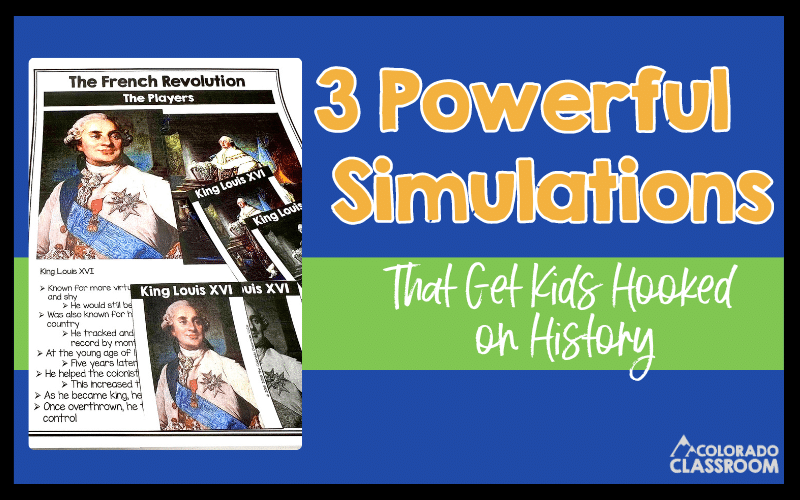
You can bring simulations into your social studies class in all sorts of creative ways. Imagine your students stepping out of the classroom and into a trench behind the school, feeling the grit and grime of trench warfare, or standing in the shoes of immigrants, facing the fear and hardship of entering the United States at Ellis Island. These simulations are like teleporters that toss your students far from their comfort zones, letting them experience life from entirely different angles.
It’s not just history class but a full-on adventure. Simulations plunge students deep into the past, allowing them to explore the lives, events, and mindsets that molded our world. It’s a journey through time and perspective, and it’s nothing short of incredible.
Benefits of Simulations
There is a wide range of historical events that your students can transport back to through simulations. Before learning how to run a simulation, let’s take a look at the benefits that make simulations effective!
Experiential Learning
Experiential learning through simulations is like taking a journey back in time, allowing your students to step into the shoes of historical figures or participants in various events.
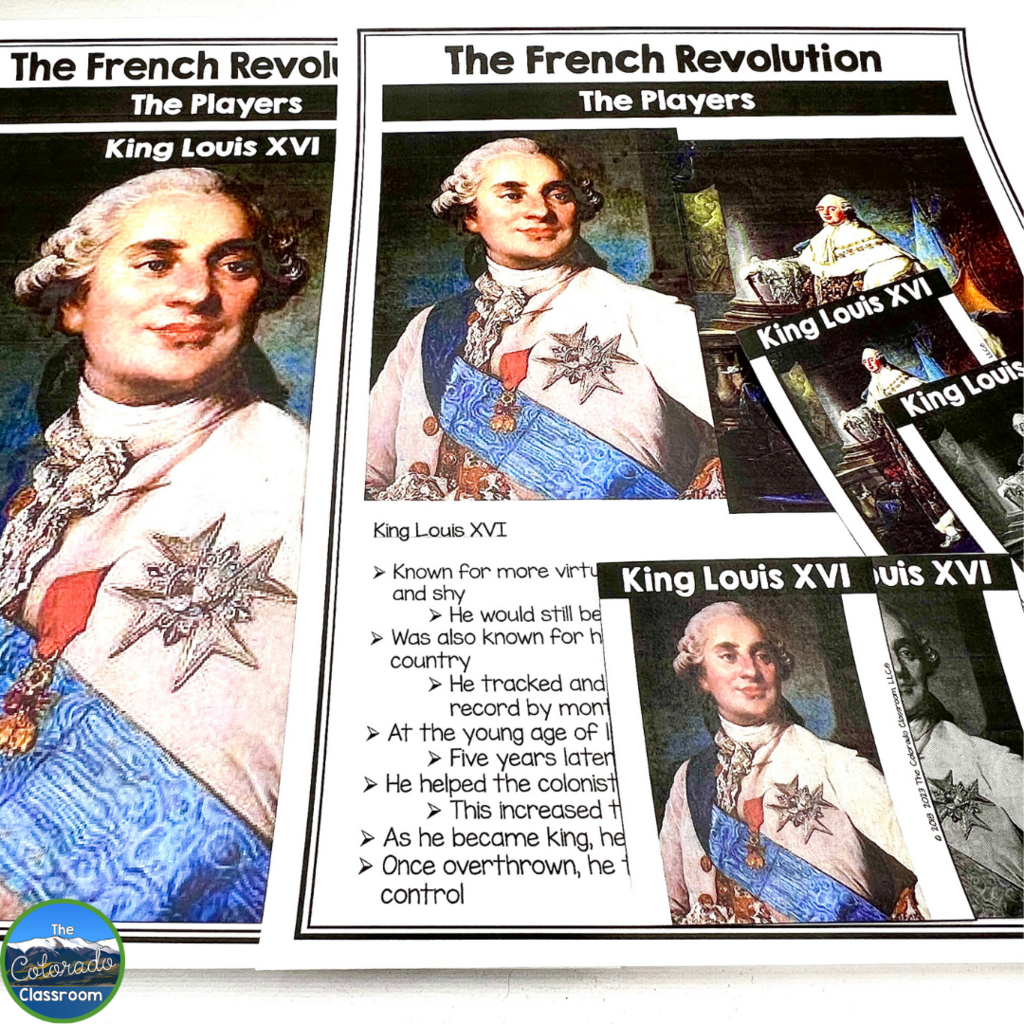
Instead of just flipping through pages or listening to lectures about history, they become a part of it. They adopt the roles and immerse themselves in the very situations that shaped our world.
As they live through these historical moments, the content becomes not just a set of facts but a vivid, tangible memory etched into their minds.
The emotional impact of walking in the shoes of someone from the past, facing the same dilemmas and decisions, is truly transformative. It’s an education that goes beyond books and lectures, making history come to life in a way that leaves a lasting impression.
Empathy for Different Perspectives
Now, let’s talk about empathy and getting into different perspectives. When your students dive into simulations and take on the roles of various characters, something magical happens. They start feeling what those people felt and thinking like they did too.
This experience encourages them to see the world through different eyes. Also, it helps them to understand the motivations and emotions of historical figures. They begin to appreciate the components of historical events and the people involved. And they become much better at understanding the “why” of many historical events.
Engagement and Motivation
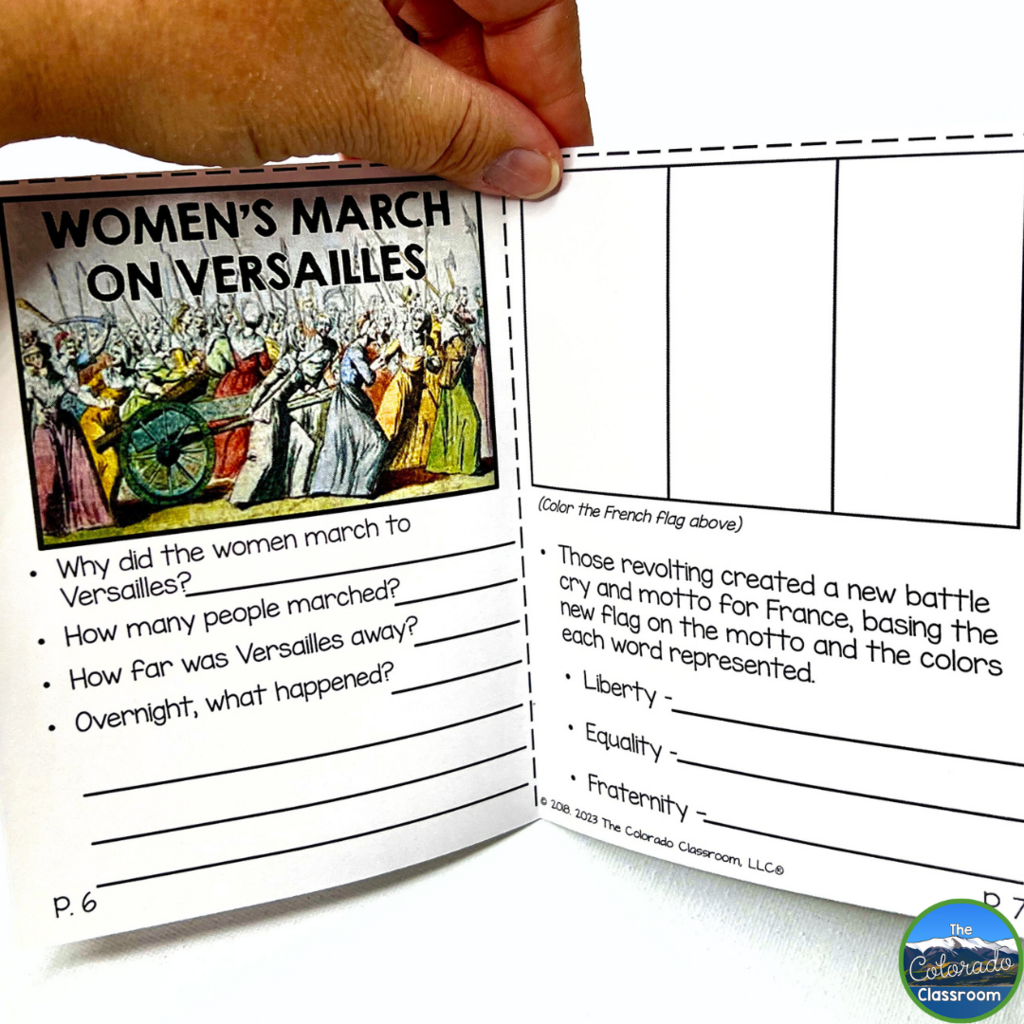
Simulations are magnets for student attention.
They pull your class into the learning experience with a gravitational force that’s hard to resist.
What’s so great about this is that it increases motivation and can pull in even the most reluctant of learners.
Simulations have this incredible knack for taking the humdrum and making it exciting.
Students can’t help but get involved and participate actively because it’s just too captivating to sit on the sidelines.
Long Lasting Memories
You see, simulations have the ability to leave a mark that lasts. It’s all about the real-life experiences they offer.
When students immerse themselves in a simulation, it’s not just about facts and figures. It’s about the emotions and experiences of the people they are learning about that go along with it. Those learning moments etch the lessons deep into their minds. So, when they think back to what they’ve learned, it’s not just a blur of information. These experiences make the content unforgettable. So unforgettable that years later, when they cover the same event in high school or college they have no problems recalling what they previously learned.
Cultural Appreciation
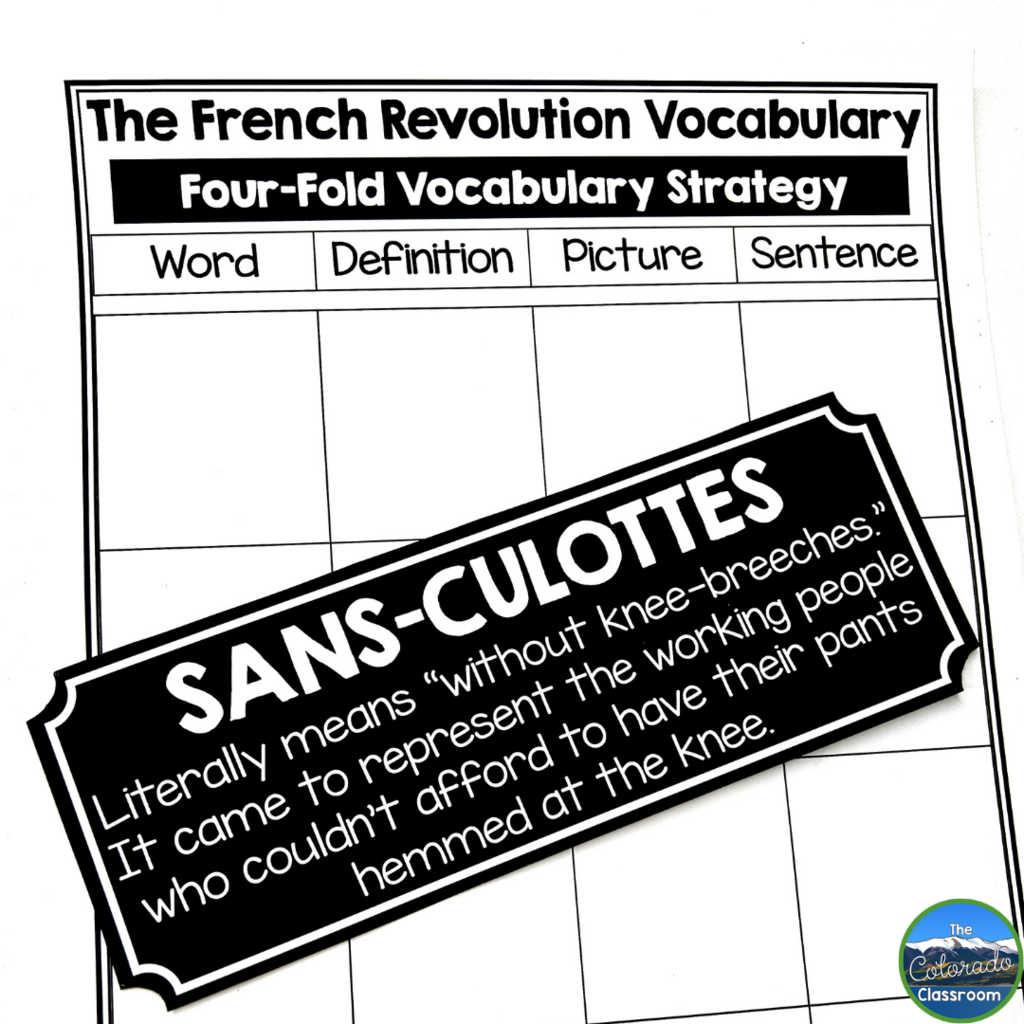
Simulations are like a passport to different times and places, and they help your students become true globetrotters of knowledge.
By diving into these simulations, your students get to know the cultural, social, and historical aspects of various times and regions.
It’s like they’re taking a world tour without leaving the classroom.
And here’s the best part: this journey helps them develop a broader worldview and a newfound appreciation for diversity.
It’s like opening a window to a bigger, more colorful world, and it all starts right in your classroom.
Interdisciplinary Learning
Interdisciplinary learning brings together multiple subjects to create one larger and more beneficial learning experience!
Take, for example, a historical simulation. Within the simulation, there is a mashup of history, geography, language (role-playing, writing, reading), and even a dash of math (graphing, data analysis fun)!
What’s fantastic about this is that it gives your students a well-rounded understanding of the topic. It’s not just about history in isolation. Bringing all the subjects together makes the history topic come alive in an engaging and educational way!
How to Run Simulations
To kickstart a simulation, you’ll want to begin with a historical event that sparks your students’ curiosity. However, it’s not just about picking a moment in history. It also involves a fair share of planning, organization, and a touch of creative crafting. Also, don’t forget to talk to your administration so they are supportive and on board with what you plan to do.
Step One: Plan and Organize
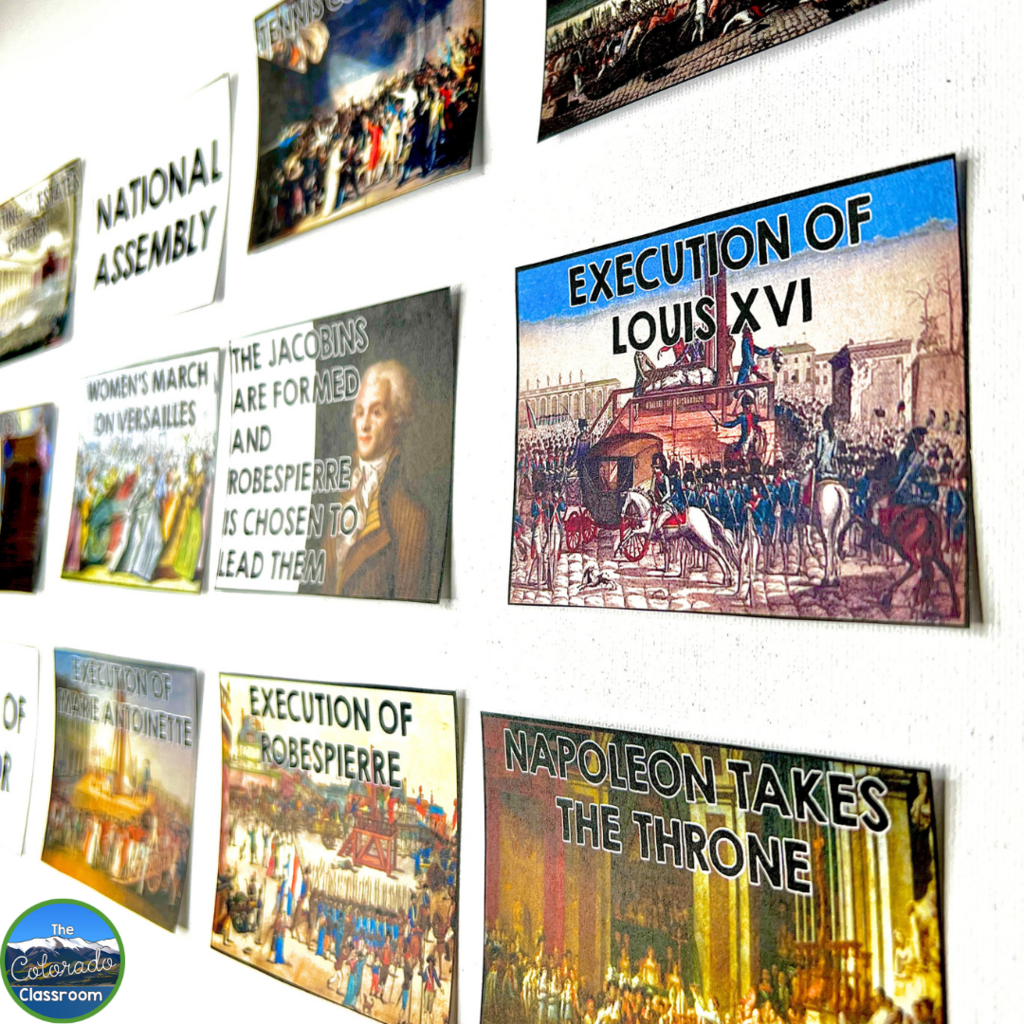
First, you’ll want to create or pick up some props to help set the time and the mood. Then, plan out your simulation. Think about how you’ll introduce the simulation and hook the students’ attention and interest in this make-believe period.
Next, determine what you want the students to see and understand from this historical event. This will help you decide what your students will do for the simulation.
For example, with an Ellis Island simulation, do you want the students to feel and understand the journey they just made, the crowds on Ellis Island, the processing of immigrants on the island itself, how children felt through the process, what the immigrants felt as they left the island for the mainland, or how immigrants felt as they got rejected for admission to the U.S. Once you know this you can then craft the activity your students will complete.
Step Two: Craft a Plan for Objectives
Once you have decided on a couple of objectives, start formulating a plan to help them reach those objectives.
Suppose I wanted students to understand the processing procedure at Ellis Island. In that case, I might type up a script and a set of questions to ask each student. I may assign each student a fake profile to use for the day, so constructing fake profiles for each student will be necessary.
I’ll probably need parent volunteers to help me run the day’s events, so sending home a request for volunteers is also something I’ll need to do. Think about the process and the steps you want the students to follow. What do you want them to do first? Do second? Do third?
Step Three: Plan Debriefing Activities
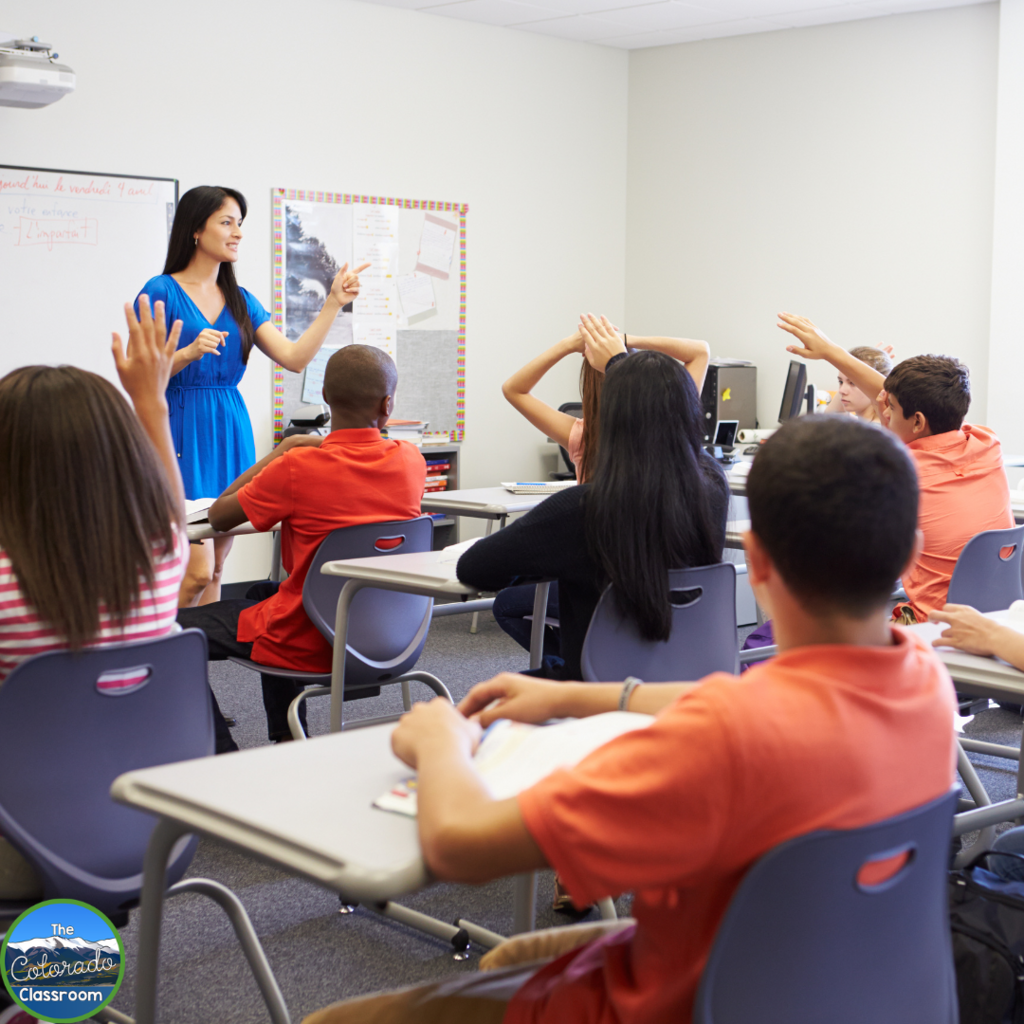
After your main event, you’ll want some debriefing activities for the students to process what they experienced and learned from the day’s events. Don’t skip this because this is where the learning happens! This can be a discussion, a writing activity, or an interactive notebook foldable.
You’ll need to plan out your questions. Consider how you want to steer them through the lesson and the material they’ve absorbed, and decide where you’d like the day’s conclusion to land.
The goal is to ensure that when kids walk out of your room, they don’t feel confused, uncertain, or left hanging. So, make sure to thoughtfully plan this discussion or questionnaire. And don’t feel like you have to stop with the history. Some of the best learning comes as students identify feelings or actions of people in the past and can connect them to people or events of the present.
My Three Favorite Simulations
I’m excited to share with you my all-time favorite simulation experiences. These simulations never fail to captivate my students. Each one offers new opportunities for movement and growth among the students. Plus, they provide a glimpse into my favorite subject, history! So, here are my top three simulation adventures:
Roman Class Structure Simulation
The Roman Class Structure Simulation takes my students on a thrilling journey to Ancient Rome, where they get to explore the fascinating world of patricians, plebeians, and slaves.
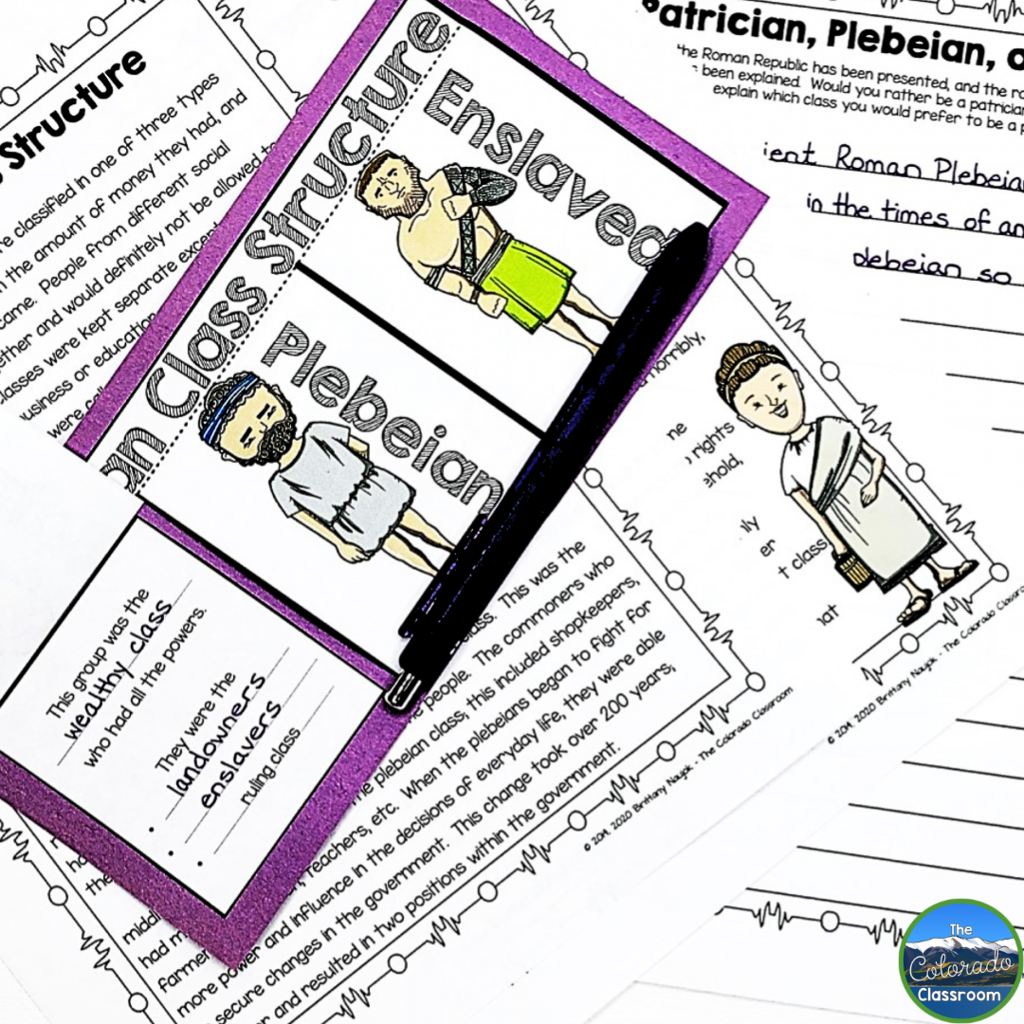
Through a series of tasks assigned to each social group, they come face to face with the harsh realities of Roman society. What’s remarkable is how students often start by wanting to be patricians but end up with a completely different perspective.
This simulation is your secret for teaching your students about the unique social hierarchy of that era, from the elite patricians to the hardworking plebeians and the enslaved.
This resource doesn’t just focus on the roles of men. It also shines a light on the often-overlooked role of women in ancient Roman society.
What’s even better? This lesson isn’t a hassle to prepare. It’s informative, engaging, adaptable, and available in both print and digital formats. So, whether you prefer traditional materials or cutting-edge tech, this simulation has you covered. It’s the perfect way to help your kids grasp the influence of Rome’s class structure on its government while having a blast in the process.
American Sweatshop Simulation
In the American Sweatshop Simulation, my students step into the shoes of sweatshop workers. It’s an eye-opening experience as they perform menial tasks in conditions that are loud, hot, dark, and cramped. For this simulation, it would be a good idea to get prior approval from your admin as well as send a letter home to parents explaining the rationale behind this activity.
To prep for this simulation, cover your windows mostly with black butcher paper to allow only a small amount of light to get in. Then, if possible, crank up the heat in your classroom for the activity. Arrange the desks in a U-shape so that you can stand in the center and patrol as “the foreman.” And finally, find loud industrial sounds to play on repeat. Sounds pretty awful, right? That’s the point! Simulations are a way to bring history to life and illustrate something as dreadful as the American Sweatshop era.
For the simulation activity itself, you will have students transfer dry beans from one cup to another. But here’s the catch. Each student can only use a fork, and they can move only one bean at a time. Oh, and they can only use one hand. And they have to do it while standing up and while under the scrutinous eyes of a ‘foreman’ analyzing their every move. This simulation is a stark reminder of how fortunate we are, as Americans, to have labor laws protecting our rights.
French Revolution Simulation
Finally, my favorite simulation, the French Revolution, is like a mini-drama that unfolds over nine exciting days.
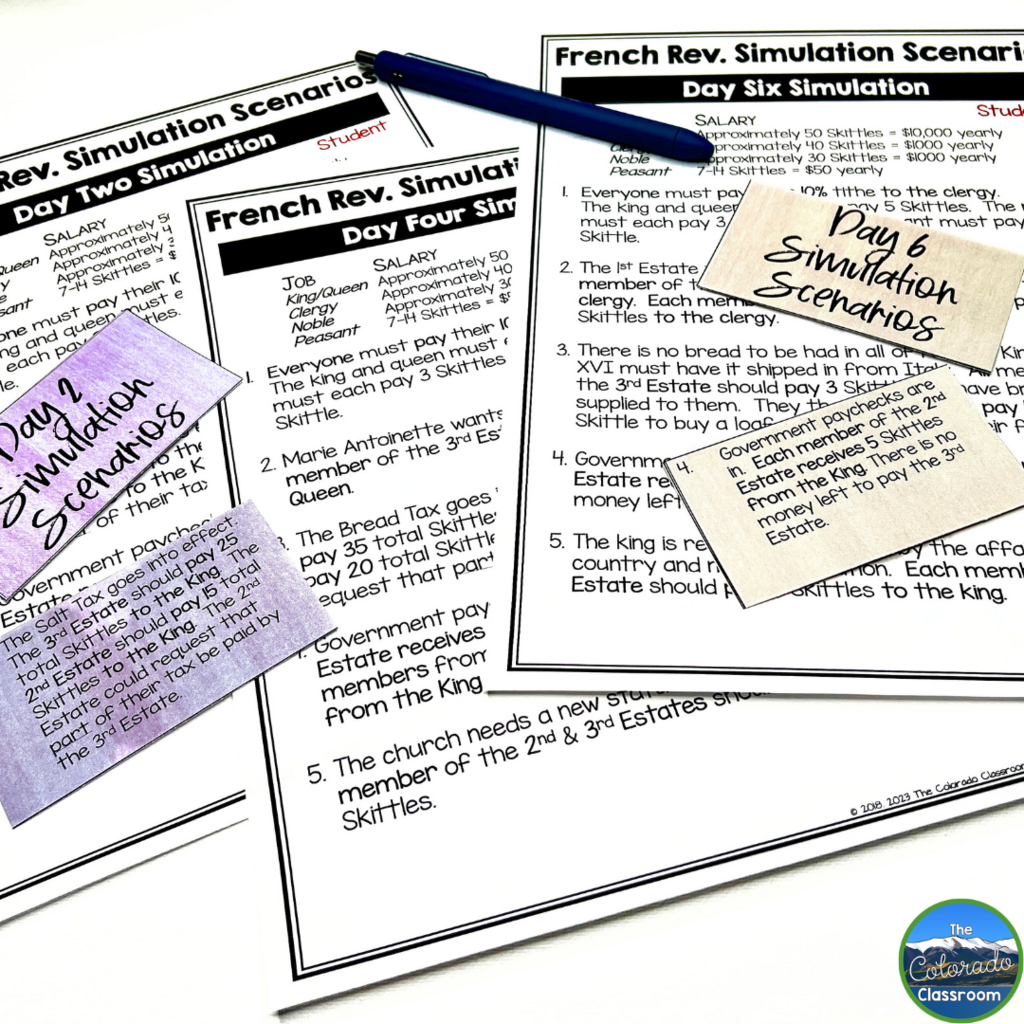
Students are grouped into social classes and dive headfirst into various scenarios to please King Louis XVI and Queen Marie Antoinette.
As the simulation progresses, the “peasant” class, or 3rd Estate, becomes increasingly frustrated and eventually rises in revolt. It’s a gripping reenactment of a harrowing time in history that helps students truly grasp the impact of social inequality on peace.
Check out the bundle of French Revolution activities here if you want to spend a bit more time learning about this interesting historical event. Inside the bundle, you will find materials for the simulation as well as vocabulary activities, timelines, worksheets, task cards, mini books, and more to complete your lessons!
A World of Discovery Through Simulations
As we wrap up our journey through the captivating realm of simulations in the classroom, it’s clear that these immersive experiences are so much more than just activities. They’re windows into the past, pathways to understanding, and bridges to empathy. Simulations offer many benefits for both educators and students, turning learning into an unforgettable adventure.
So, the next time you’re looking for an engaging teaching method, consider creating a simulation to inspire your students and expand their horizons. The power of these hands-on experiences is that they transform learning into a memorable and meaningful journey.
Save for Later
Remember to save this post to your favorite Social Studies Pinterest board for when you are ready to run a simulation in your room!
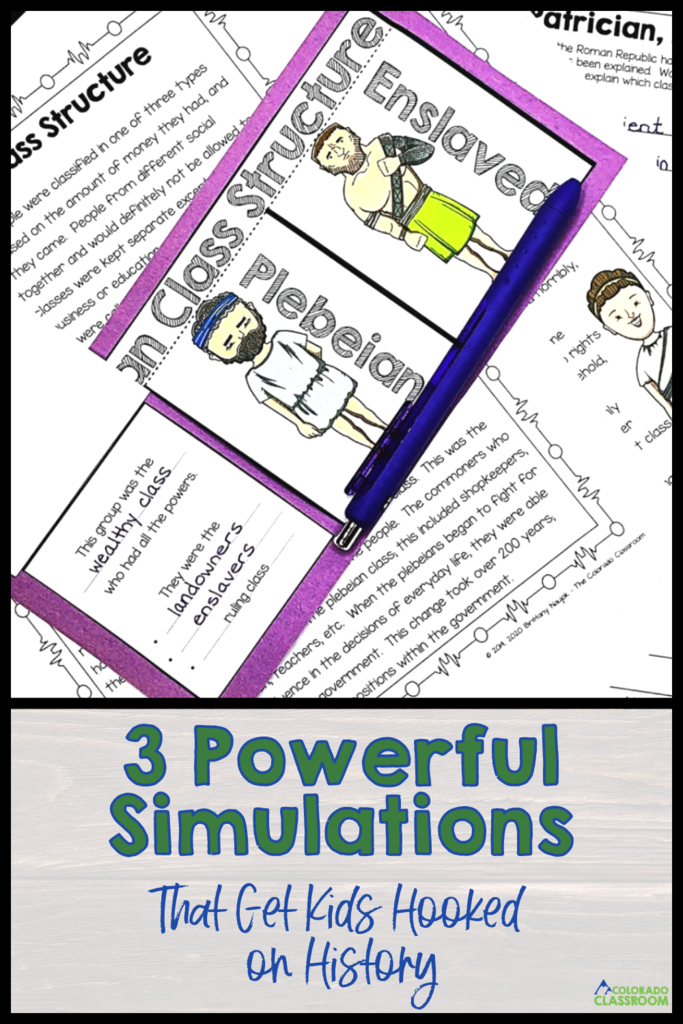

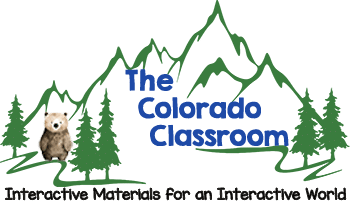
I LOVE simulations in social studies. Your French Revolution one sounds absolutely amazing–thanks so much for sharing!
My students love simulations, too. These all sound wonderful. Thank you for sharing.
Cheers,
Doc
Thank you for these great ideas. They all sound really interesting.
I love these ideas! Thank you so much for sharing!
You know, we could probably do a simulation in ELA. Like simulating Victorian England for A Christmas Carol perhaps….hmmmm….thanks for getting my wheels turning! 🙂
I work with a social studies teacher who, like you, does a lot of simulations. The kids learn so much! I'm going to figure out how to add some into my ELA class. Thank you for sharing your awesome ideas!
I liked reading it. Thank you! I like the same things here https://typicalstudent.org/